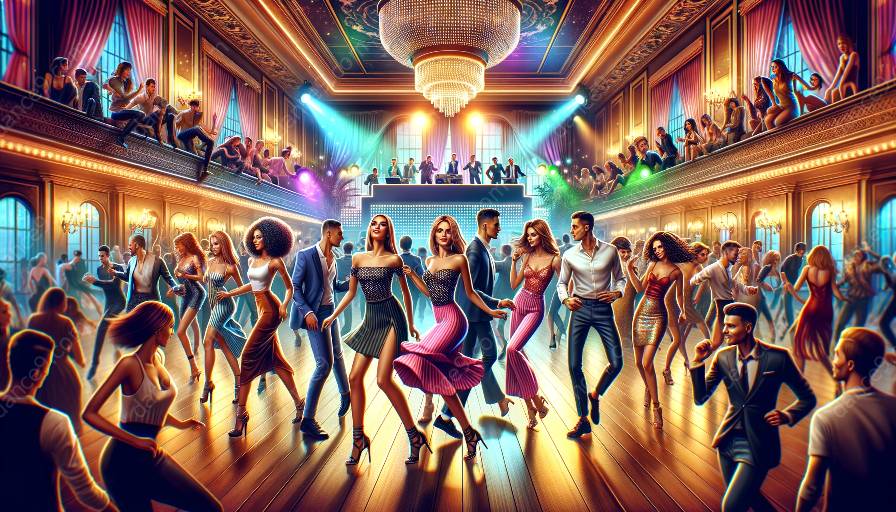How has dancehall influenced modern dance culture? Dancehall, a vibrant and energetic dance and music genre that originated in Jamaica, has had a significant influence on modern dance culture around the world. Its infectious rhythms, bold dance moves, and expressive storytelling have permeated various aspects of the dance world, shaping the way we understand and engage with dance today.
Dancehall's Origins and Evolution Dancehall emerged in the 1970s and 1980s in Jamaican inner-city communities, serving as a platform for self-expression and social commentary. The dance style itself is characterized by its dynamic movements, high energy, and rhythmic synchronicity with the music. These elements have been instrumental in shaping contemporary dance techniques, influencing choreography, and inspiring new forms of movement expression.
Cultural Fusion and Globalization The globalization of dancehall has had a profound impact on modern dance culture, as it has become a popular source of inspiration for dancers, choreographers, and instructors worldwide. The fusion of dancehall with other dance styles, such as hip-hop, reggae, and Afrobeat, has enriched the diversity of movement vocabulary in modern dance classes and performances, creating a more inclusive and eclectic dance culture.
Influence on Choreography and Performance Dancehall's influence on modern dance culture is evident in the choreographic trends and performance aesthetics embraced by contemporary dancers. Its emphasis on individuality, improvisation, and freedom of movement has redefined the boundaries of traditional dance forms, encouraging dancers to explore personal expression and authenticity in their performances. Dancehall's influence on choreography has also extended to commercial dance, music videos, and stage productions, contributing to the evolution of dance as a visual and narrative art form.
Teaching and Learning Dancehall The integration of dancehall into dance classes has opened up new opportunities for dancers to engage with its rich cultural heritage and dynamic movement vocabulary. Dance instructors have increasingly incorporated dancehall elements into their curriculums, allowing students to develop a deeper appreciation for the genre and its impact on modern dance culture. This inclusive approach to teaching dancehall has not only expanded the technical proficiency of dancers but has also fostered a deeper understanding of its cultural significance and artistic value.
Empowerment and Social Connection Dancehall's influence on modern dance culture extends beyond the physical and technical aspects of movement. It has become a powerful medium for social empowerment, self-expression, and community building, offering individuals a platform to share their stories, celebrate their identity, and connect with others through dance. The inclusive and uplifting nature of dancehall has contributed to the creation of supportive and diverse dance communities, fostering a sense of belonging and solidarity among dancers of all backgrounds.
The Future of Dancehall and Modern Dance Culture As dancehall continues to evolve and adapt to contemporary contexts, its influence on modern dance culture is likely to grow even stronger. The ongoing exploration of dancehall's cultural roots, its fusion with other dance styles, and its role in shaping the next generation of dancers will further contribute to the dynamic and inclusive nature of modern dance culture.
In conclusion, the influence of dancehall on modern dance culture is profound and multifaceted. Its fusion of cultural traditions, dynamic movement vocabulary, and empowering ethos has reshaped the way we perceive, teach, and engage with dance, enriching the global dance community in the process.













































































